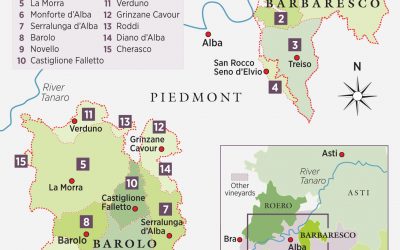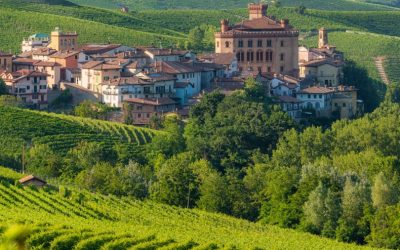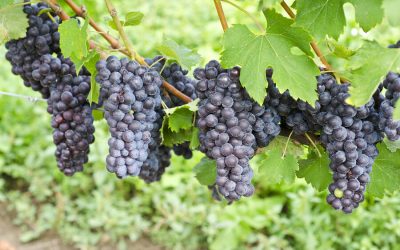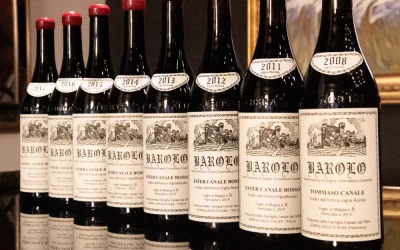What is Barolo wine similar to?
Barolo is a red wine produced in the northern Italian region of Piedmont. It is made from the Nebbiolo grape and is often noted for its rich flavors, robust tannins, and high acidity.
What is Barolo wine similar to?
Barolo is a unique wine, thanks to its Nebbiolo grape and the specific terroir of the Barolo region. However, when it comes to finding a wine similar in style, Barbaresco is often mentioned. Both Barolo and Barbaresco are made from Nebbiolo grapes, and their production areas in Italy’s Piedmont region are quite close. While they share several characteristics, Barbaresco tends to be softer and more approachable at a younger age than Barolo, which typically requires more years of aging to fully express its potential.
Another comparison can be drawn to the Pinot Noir wines from Burgundy, France. Despite being made from a different grape variety, the high acidity, complex aromatics, and tannic structure of Burgundy wines can evoke some similarities to Barolo.
| Wine 🍷 | Similarities with Barolo 🍇 | Differences from Barolo ⚖️ |
|---|---|---|
| Barbaresco 🍷 | Made from the same Nebbiolo grape, Barbaresco shares the high acidity, strong tannins, and complex bouquet of Barolo. Both wines age gracefully, developing similar tertiary flavors over time. 😊 | Barbaresco tends to be lighter, more elegant and approachable at a younger age than Barolo. Its tannins soften earlier, and it is usually less concentrated. 😮 |
| Burgundy (Pinot Noir) 🍷 | Burgundy, like Barolo, is a highly revered, age-worthy wine that reflects its terroir. Both wines are high in acidity and offer complex aromas. 😊 | Burgundy is made from Pinot Noir, which is lighter in body and color than Nebbiolo and has less tannin. Its flavor profile leans more towards red fruit, mushroom, and earth. 😮 |
| Bordeaux (Cabernet Sauvignon) 🍷 | Bordeaux and Barolo both create structured wines with high tannin levels that can age for decades. Both wines can express complex aromas and flavors. 😊 | Bordeaux wines are typically more full-bodied, with a flavor profile that leans towards black fruit, tobacco, and green bell pepper. They are made predominantly from Cabernet Sauvignon and Merlot, which provide different flavors and structure than Nebbiolo. 😮 |
Is Barolo similar to Barbaresco?
Barolo and Barbaresco, both iconic wines from the Piedmont region of Italy, are indeed similar. They’re produced from the same grape variety, Nebbiolo, and share some common traits in terms of aromas, flavors, and structure. That said, there are also key differences due to the specifics of their respective terroirs within the region. Barolo wines are often described as more robust, with higher tannins and a greater aging potential, while Barbaresco wines, grown in a slightly warmer and milder microclimate, tend to be more elegant and approachable at a younger age. Despite these differences, the Barolo and Barbaresco wines are wonderful expressions of the Nebbiolo grape and the unique terroir of the Piedmont region.
Comparison of Barolo and Pinot Noir
While Barolo and Pinot Noir are very different wines, they are often compared because they share a few key characteristics. Here is a comparison between the two:
1. Grape Varieties:
Barolo is made from the Nebbiolo grape, which is native to Italy’s Piedmont region. On the other hand, Pinot Noir is the grape variety used in some of the world’s most renowned wines, including those from France’s Burgundy region.
2. Color and Structure:
Both Barolo and Pinot Noir are noted for their relatively light color, compared to other red wines. However, while they may look somewhat similar in the glass, they are drastically different on the palate. Barolo is known for its high tannin and acidity levels, which give it a strong structure and allow it to age well. Pinot Noir, by contrast, is generally lighter in body with smooth tannins and high acidity, but it doesn’t have the same robustness or aging potential as Barolo.
3. Taste Profile:
Barolo is characterized by its intense flavors, which can include rose petal, cherry, truffle, and tar. With age, these wines can develop even more complex notes, such as leather, tobacco, and anise. Pinot Noir is typically lighter, with flavors of red fruits like cherry and raspberry, along with floral and sometimes earthy notes.
4. Region:
The Barolo region in Piedmont has a similar aesthetic to Burgundy, where Pinot Noir originates. Both regions are renowned for producing high-quality, terroir-driven wines. However, the climates in these regions are quite different, which contributes to the differences in the wines they produce.
5. Pairings:
Both wines are quite versatile when it comes to food pairings, thanks to their high acidity. Barolo, with its robust structure, pairs well with hearty dishes, such as red meats, truffles, and aged cheeses. Pinot Noir, being lighter, is a great match for a variety of dishes, including poultry, salmon, and mushroom-based dishes.
In conclusion, while Barolo and Pinot Noir may have some similarities, they each offer a unique and distinct wine-drinking experience. Both are worth exploring in their own right for any wine lover.
Discover Barolo vs other Italian wines.
Barolo vs Cabernet Sauvignon: A Study in Contrast
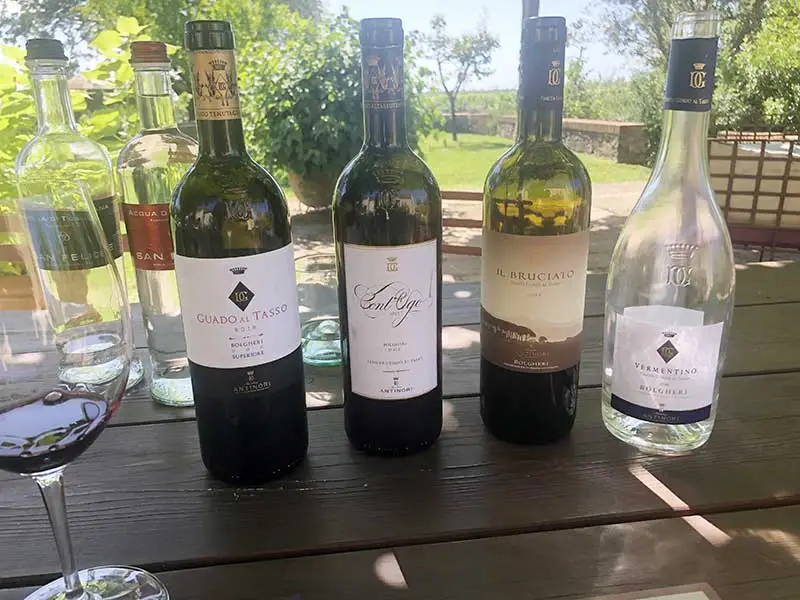
Barolo and Cabernet Sauvignon are two highly prized and beloved wines, each offering a unique and compelling expression of their respective grape varietals and terroirs. However, their profiles are considerably different in several aspects.
Origin and Grapes: Barolo is a red wine made from Nebbiolo grapes in the Piedmont region of northwestern Italy, specifically in the towns around Barolo. Cabernet Sauvignon, on the other hand, is a grape variety that originated in Bordeaux, France, and is now grown in wine regions around the world, making it one of the most recognized red wine varietals.
Tasting Profile: Barolo is famous for its high tannins and acidity, with complex flavors that can include cherries, roses, anise, and tar. As it ages, Barolo can develop further notes of truffles, leather, and spices. Cabernet Sauvignon tends to be full-bodied with high tannins and a noticeable acidity. Its flavor profile typically includes dark fruits like black cherry and black currant, often with notes of cedar, tobacco, and green bell pepper.
Aging Potential: Both wines have strong aging potential. Barolo, due to its high tannin and acid structure, is often aged for many years, sometimes decades, to allow the tannins to soften and the complex flavors to evolve. Cabernet Sauvignon, especially from high-quality producers, also ages well, with the tannins softening over time and the flavors becoming more complex and integrated.
Pairing with Food: Barolo’s high acidity and complex flavors make it an excellent partner for rich dishes like braised beef, truffles, and aged cheeses. Cabernet Sauvignon’s bold fruit flavors and robust structure pair well with rich meats like steak, as well as hard cheeses and dark chocolate.
These wines, each rich in history and tradition, offer unique and distinct experiences to the wine enthusiast. It’s their contrast that makes each of them special in their own right and worth exploring.
The Unique Taste Profile of Barolo Wine
This section discusses the unique taste of Barolo. With its complex flavors ranging from red fruits to spices and, with age, to deeper tones of licorice, leather, and chocolate, Barolo presents a fascinating tasting experience.
Barolo Cru | Bussia
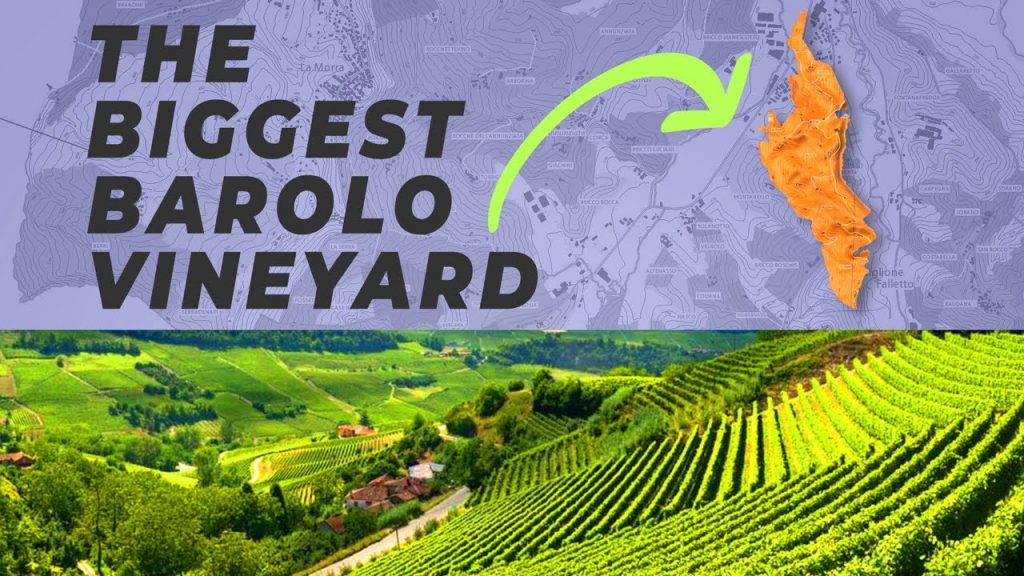
The Bussia Cru is located in the town of Monforte d’Alba, in the heart of the Barolo region in Piedmont, Italy. The term “Cru” is borrowed from French winemaking and refers to a specific vineyard or group of vineyards, especially one that is recognized for its superior quality.
Bussia is known for its south and southwest facing slopes, which provide ideal exposure for the Nebbiolo grape, the sole grape variety used in Barolo wine production. The vineyards here are characterized by their calcareous-clay soil, which is believed to contribute to the rich, full-bodied, and complex flavor profile of the wines produced in this area.
Bussia is renowned for producing some of the most robust and long-lived Barolo wines. These wines typically display deep color, intense fruit concentration, and substantial tannins, which soften and integrate beautifully with age. As the wines mature, they develop complex aromas and flavors including roses, violets, cherries, truffles, and hints of tar.
Some notable producers in the Bussia Cru include Giacomo Fenocchio, Aldo Conterno, and Prunotto, whose wines are highly sought after by Barolo enthusiasts and collectors around the world.
Conclusion: Understanding the Uniqueness of Barolo
The concluding section ties together the understanding of Barolo and its comparison to other wines, emphasizing its uniqueness and why it holds a special place in the world of wines.
